Spatial Biology to Unravel the Complexity of Tumour Microenvironments; Towards Personalised Medicine for Cancer Patients ▶
Details
Date: Thu March 10, 2022Time: 16:30
Room: A
The reasons why people with cancer fail chemotherapy and other types of cancer therapies, including immunotherapies many of which are designed to reawaken a dormant anti-tumour immune response, remain poorly understood. Evidence from our own work has shown that some cancers which contain viruses, for example Hodgkin lymphoma, should be recognised by the immune system but are not.
In recent years the so called ’tumour microenvironment’ has emerged as a potentially important reason why some cancers cannot be recognised by the immune system. The tumour microenvironment refers to all the components of a cancer that exist together in the cancer with the malignant cells. The tumour microenvironment comprises many different types of cells, including immune cells, as well as extracellular scaffolding proteins like collagen.
In our Living Lab, which was established in partnership with Dell Technologies, we have employed a new technology (CODEX), which is capable of identifying all of the immune cells present in the microenvironment of virus-associated cancers, to start to build detailed maps that can describe the architecture of these tumour microenvironments and define different types of cell-cell interactions that could be responsible for immunotherapy resistance in patients.
This plenary session will present some of the data we have obtained using these technologies and outline how they can be used to help refine patient stratification and ultimately to develop better cancer therapies.
